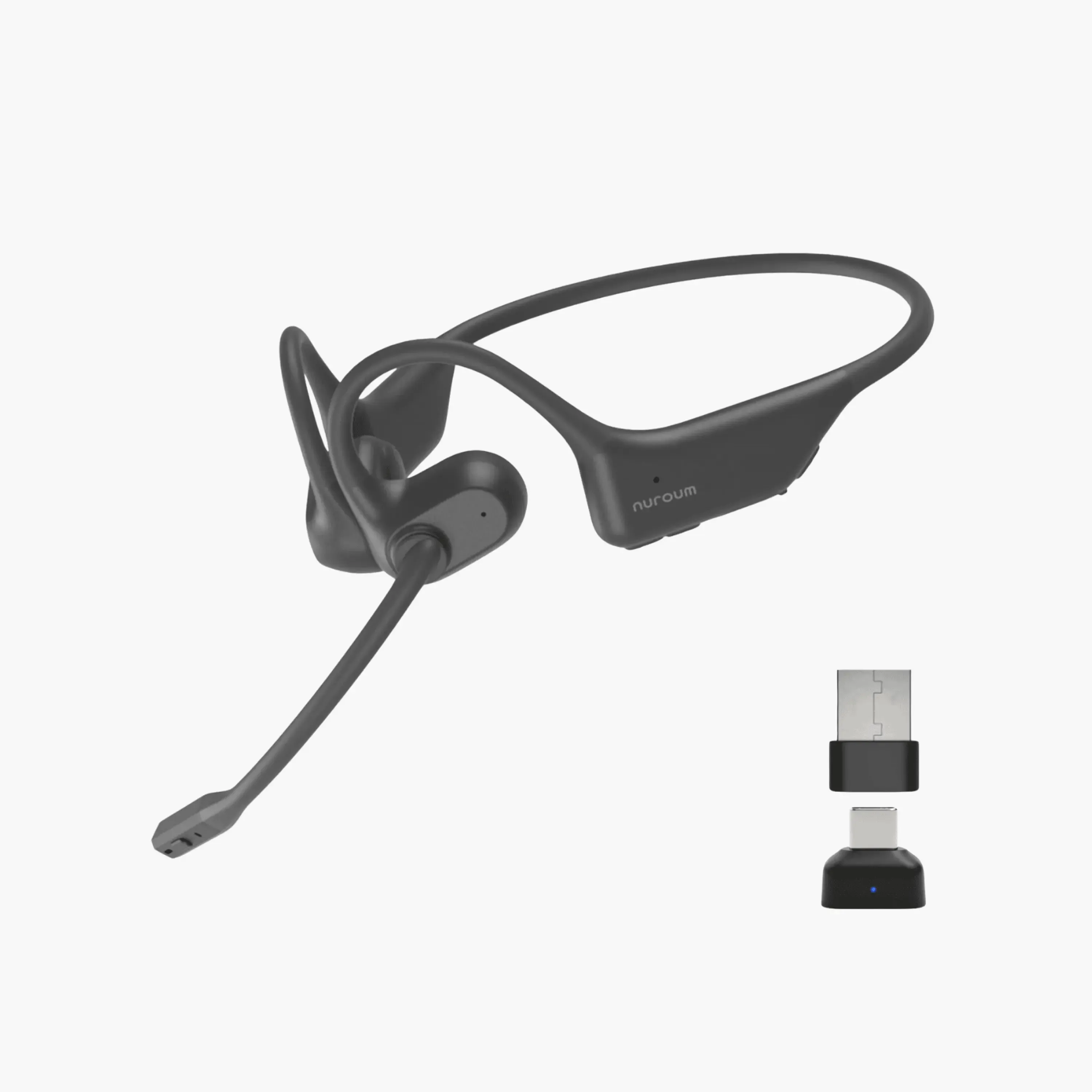Introduction
When configuring an enterprise video conferencing solution, choosing the right video conferencing cameras is crucial. Despite that fact that we're now all well accustomed to having video conference calls, we still encounter problems with video quality. Low video quality means that participants can't be seen clearly. Sometimes the meeting room and participants are not completely included, only part or some of them are in the frame. Speakers are not correctly framed or easily identifiable when talking.
In this blog, we will explain 9 features that you need to consider when choosing the best video conferencing camera.
Also read:How to Lay out a Conference Room?
What is a webcam?
A webcam is a video camera capable of streaming video and audio in real-time, typically video meetings. These small cameras can sit on a desk, attach to a monitor or come built into multi-functionality hardware such as screens and soundbars.
Cameras for video conferencing are a crucial piece of equipment for businesses worldwide, enabling colleagues to connect in real-time with each other and with customers wherever they are located geographically.

How to choose a video conferencing camera?
With the development of camera technology, the distinction among different conferencing camera has become further blurred. What’s more, there are plenty of video cameras available in the market that can shoot footage comparable to the standard of professional video tools.
Related read: How to Lay out a Conference Room?
1. Understanding Basic demands
Before choosing a video conferencing camera, you must first clarify your conference needs. Find out who will be in the meeting, how long it will be, how big the room is, what video quality you need,etc.
2. Resolution
Resolution is a key factor in measuring camera clarity. A video conference camera should present a clear image,allowing everyone to clearly see the details of the participants and the conference room. If you are in a small conference room or a short meeting, you can choose a standard definition resolution (such as 720p) to save bandwidth and storage space.
3. Compatibility
Now that most of us are using a variety of video conferencing platforms:
- Zoom for reliable, large video calls
- Google Meet for Google Workspace users
- Microsoft Teams for combining team chat and video conferencing
- Webex Meetings for video quality
- Jitsi for a lightweight option
It’s important to check the camera compatibility. Opting for a webcam that seamlessly integrates with a diverse array of video conferencing platforms not only enhances convenience but also ensures a hassle-free, plug-and-play experience.
4. Field of view
Generally speaking, wide-angle lenses are suitable for large conference rooms that can accommodate more participants; while telephoto lenses are suitable for small conference rooms and can clearly present distant images.360-degree functionality allows a culture where no one’s presence is excluded and team members don’t have to move and fidget the camera to be in view, and meetings are more productive.

5. Auto framing technology
An auto framing webcam automatically adjusts the frame to keep the person in view. It tracks the person so you don’t have to worry about adjusting the camera yourself. An auto framing camera is becoming an essential part of video conferencing cameras. Some video conferencing software offers built-in auto framing, such as Zoom auto framing. However, you still need a webcam that offers auto-framing technology for these built-in features to work.
Nuroum C40 Conference Room Camera For Immersive Meeting will be a great choice for enterprises and workers, featuring a cutting-edge 2K lens, a powerful 4-unit MEMS microphone array, a high-fidelity 3W speaker, and advanced AI-powered audio and video algorithms. Whether it's online studying, teaching, home office work, conferences, meetings, or video calling, this camera delivers exceptional performance.

- All-in-one design
- Sony Star-vis CMOS Sensor
- AI-powered Noise Reduction Mics
- Plug and play
- Auto framing
6. Voice tracking technology
Voice or speaker tracking means that the camera will zoom in and focus on the current speaker until they stop talking. This automated camera system is especially suited for environments with a limited technical crew and is great for lecture capture, corporate training and acts of worship.
Working alongside this, the auto framing technology will detect the face and position of the speaker and automatically make them the center of the frame.
7. Audio pickup range
When it comes to audio, you should consider the pick up range of the device. Since audio and video work together it's important to be able to clearly hear everyone. Choosing a video camera with a long voice pick up distance is key, especially in larger rooms, making sure that everyone can be heard clearly even if you are sitting at the far end of the room.
8. Price
The budget that you have is the very important thing. It is good to look at all of the available options, but often price can be a deciding factor. Finding the most cost effective option for your requirements is always our priority.
9. Positioning your camera
It's important to bear in mind the optimal position for your camera. When positioning and installing a camera in your meeting room setting, it’s best to place it at eye level or as close to eye level as possible. This provides the most natural orientation for face-to-face collaboration.
Conclusion
To sum up, there are many aspects to consider when choosing a suitable conference camera. Only by comprehensively considering factors such as demand, resolution, resolution, compatibility, field of view, auto framing technology, voice tracking technology, as well as price and cost-effectiveness, can we make a video conferencing solution that best meets the needs of the enterprise.
For more information, we encourage you to visit Nuroum. From educational settings to professional environments, C40 is your reliable companion for various online activities.












































